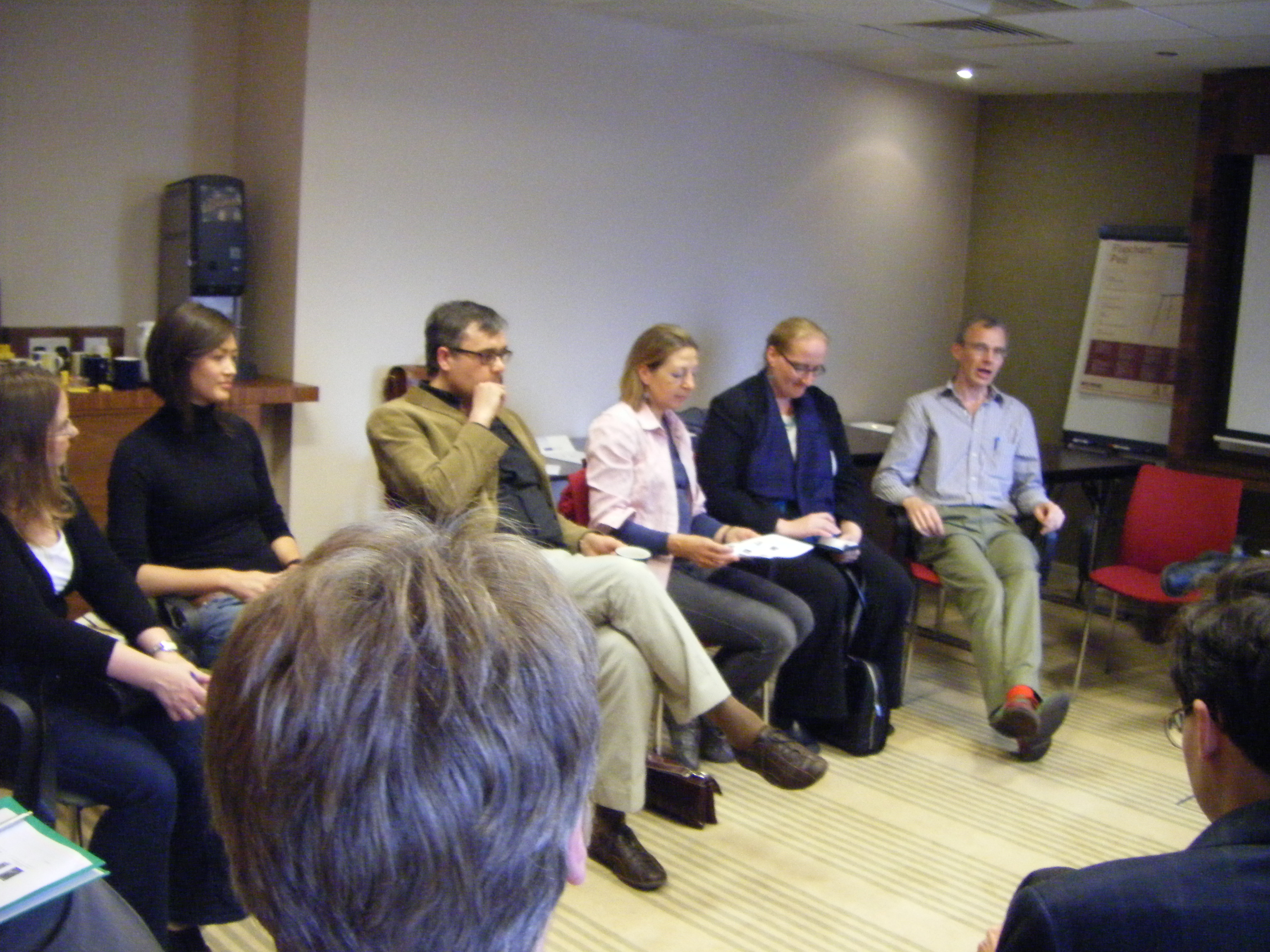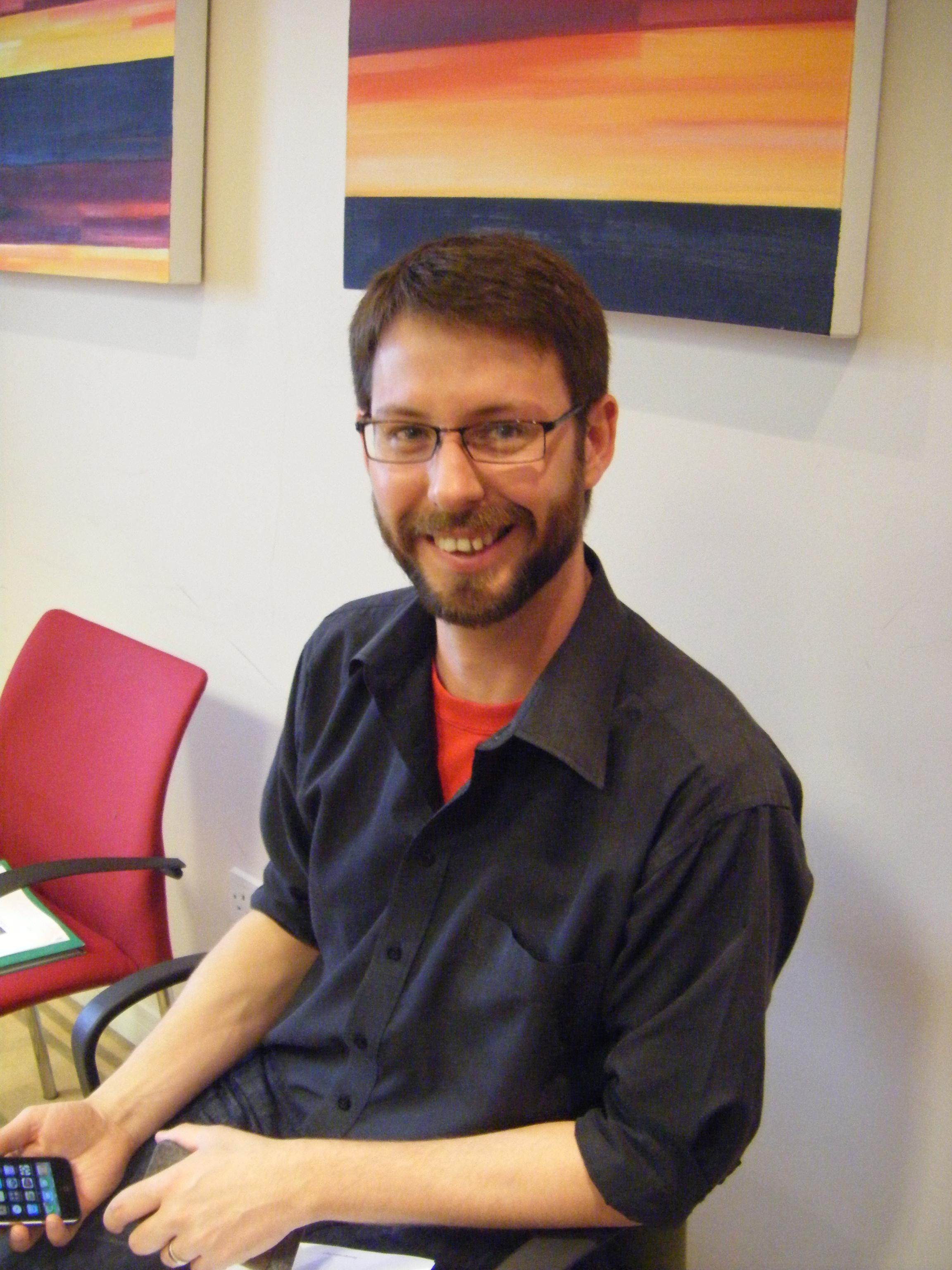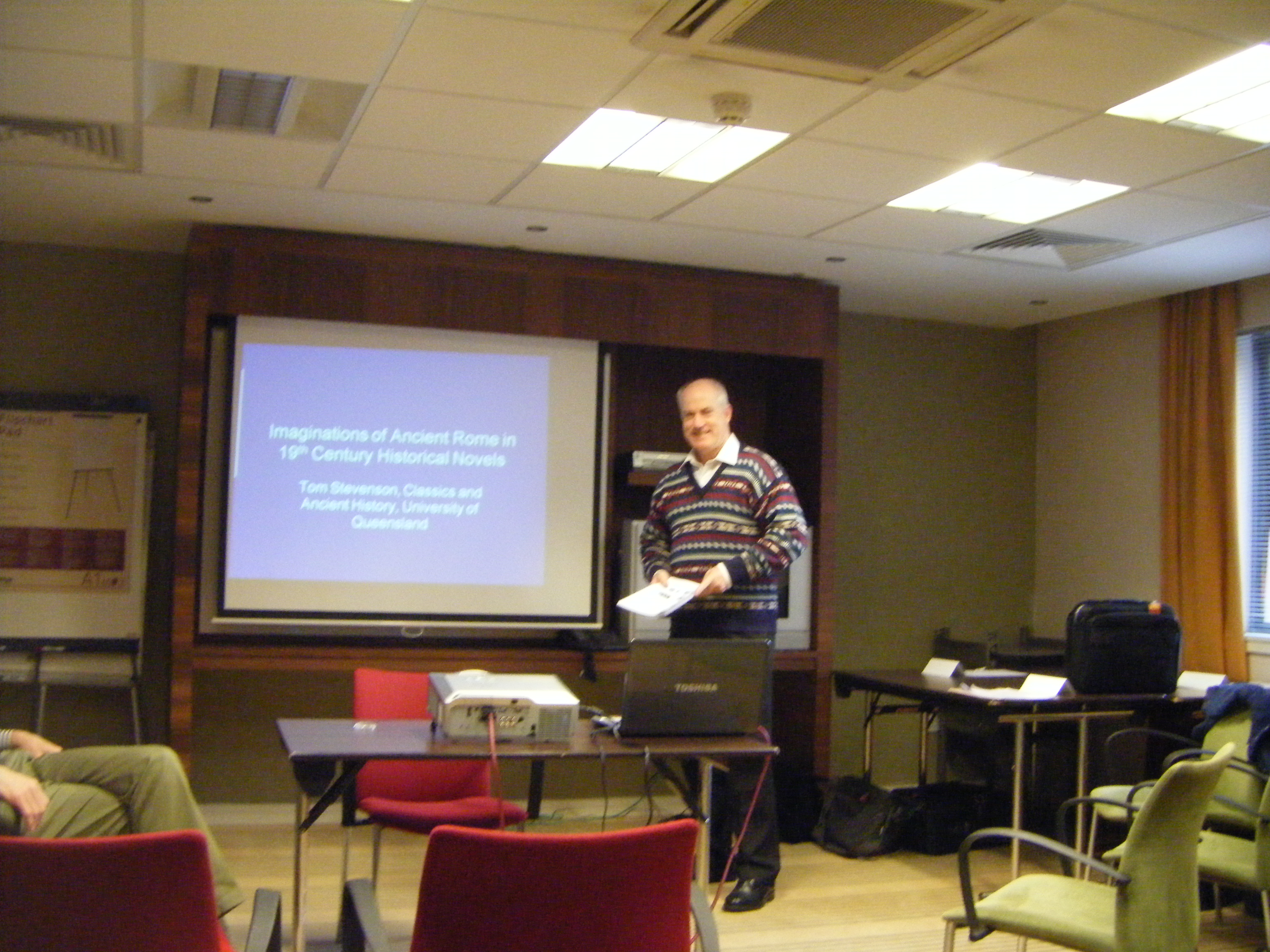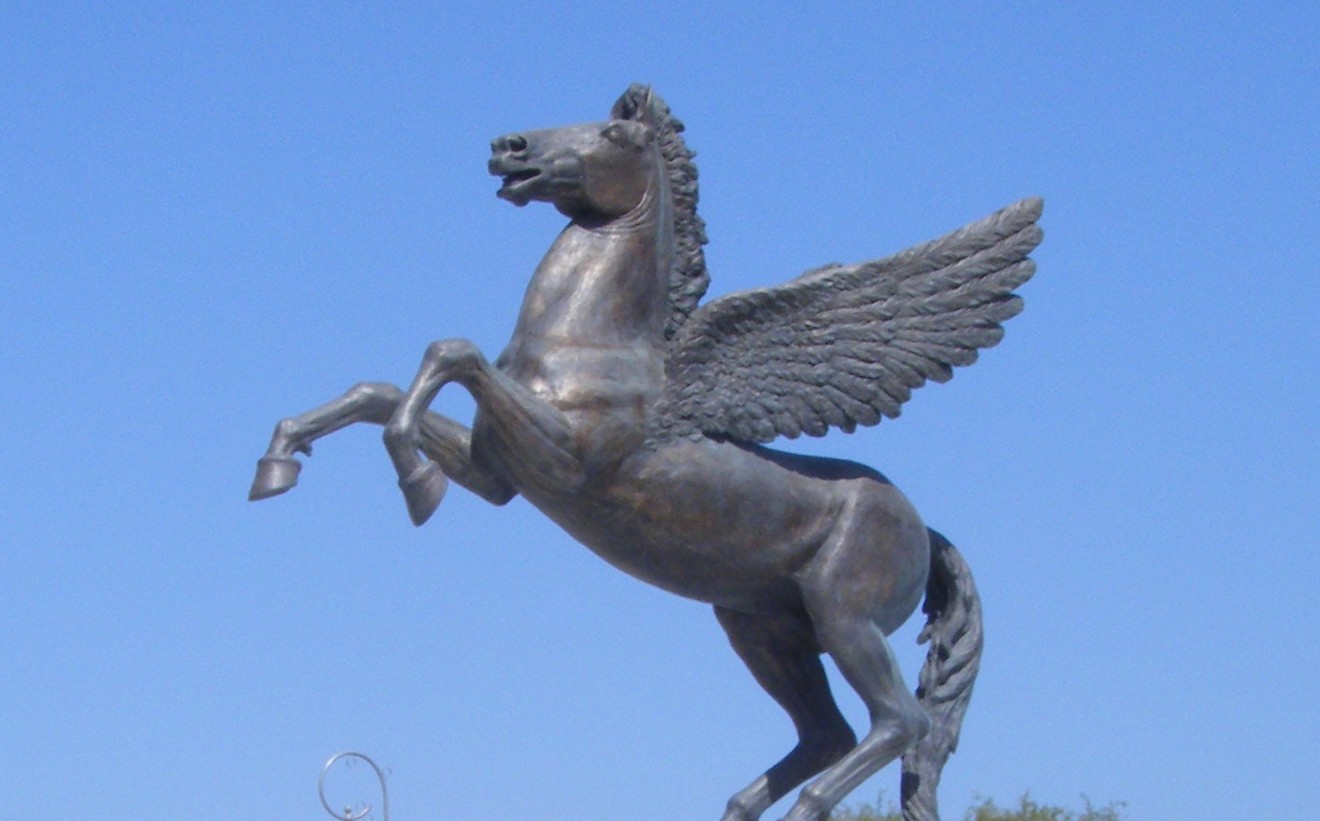Trends in Ancient History
 The Baynes Meeting for Ancient Historians was not entirely negative, as my previous posts may have implied. In fact, it gave me the opportunity to assert the trends Ancient Historians are following. During the meeting we had the opportunity to listen to the work of two excellent scholars, who seem to be in the forefront of current research.
The Baynes Meeting for Ancient Historians was not entirely negative, as my previous posts may have implied. In fact, it gave me the opportunity to assert the trends Ancient Historians are following. During the meeting we had the opportunity to listen to the work of two excellent scholars, who seem to be in the forefront of current research.
 Dan Stewart, a competent (and I have to admit terribly diligent) lecturer from my School at the University of Leicester, in his paper “Sikyon, Pausanias and Historical Topography” presented his views on the significance of the study of Pausanias in archaeology. His main case study, the ancient Greek city of Sikyon, was studied from an archaeological and literary perspective; thus, bringing an interdisciplinary perspective in his work. Even if interdisciplinary research is not a new concept, it remains a popular choice and a widely respected method of work. When Ancient History is combined with Archaeology, or Sociology or Political Theory or Psychology or, indeed, with any other discipline, the historical perspective changes while new and innovative results are achieved.
Dan Stewart, a competent (and I have to admit terribly diligent) lecturer from my School at the University of Leicester, in his paper “Sikyon, Pausanias and Historical Topography” presented his views on the significance of the study of Pausanias in archaeology. His main case study, the ancient Greek city of Sikyon, was studied from an archaeological and literary perspective; thus, bringing an interdisciplinary perspective in his work. Even if interdisciplinary research is not a new concept, it remains a popular choice and a widely respected method of work. When Ancient History is combined with Archaeology, or Sociology or Political Theory or Psychology or, indeed, with any other discipline, the historical perspective changes while new and innovative results are achieved.
 The second paper was presented by Tom Stevenson, an Australian scholar who may work at the University of Queensland but he is spending his sabbatical in the UK. His paper on “Imaginations of Ancient Rome in Nineteenth century Historical Novels” also represents current trends in Ancient History. The study of “Classical Tradition” or otherwise called “Reception Studies” during the past decade became one of the most popular topics for research. The reasons for such a turn are multiple, among which the lack of new literary evidence from the ancient world is the most prominent. Ancient Historians needed a new outlet for their research and they found it in studying the impact of the classical world in early modern, modern and contemporary societies. To my opinion this trend will continue for several decades, before all the material is exhausted.
The second paper was presented by Tom Stevenson, an Australian scholar who may work at the University of Queensland but he is spending his sabbatical in the UK. His paper on “Imaginations of Ancient Rome in Nineteenth century Historical Novels” also represents current trends in Ancient History. The study of “Classical Tradition” or otherwise called “Reception Studies” during the past decade became one of the most popular topics for research. The reasons for such a turn are multiple, among which the lack of new literary evidence from the ancient world is the most prominent. Ancient Historians needed a new outlet for their research and they found it in studying the impact of the classical world in early modern, modern and contemporary societies. To my opinion this trend will continue for several decades, before all the material is exhausted.
These papers became the cause of lively debate during the meeting and I hope that they will continue to be discussed also after they are published.
